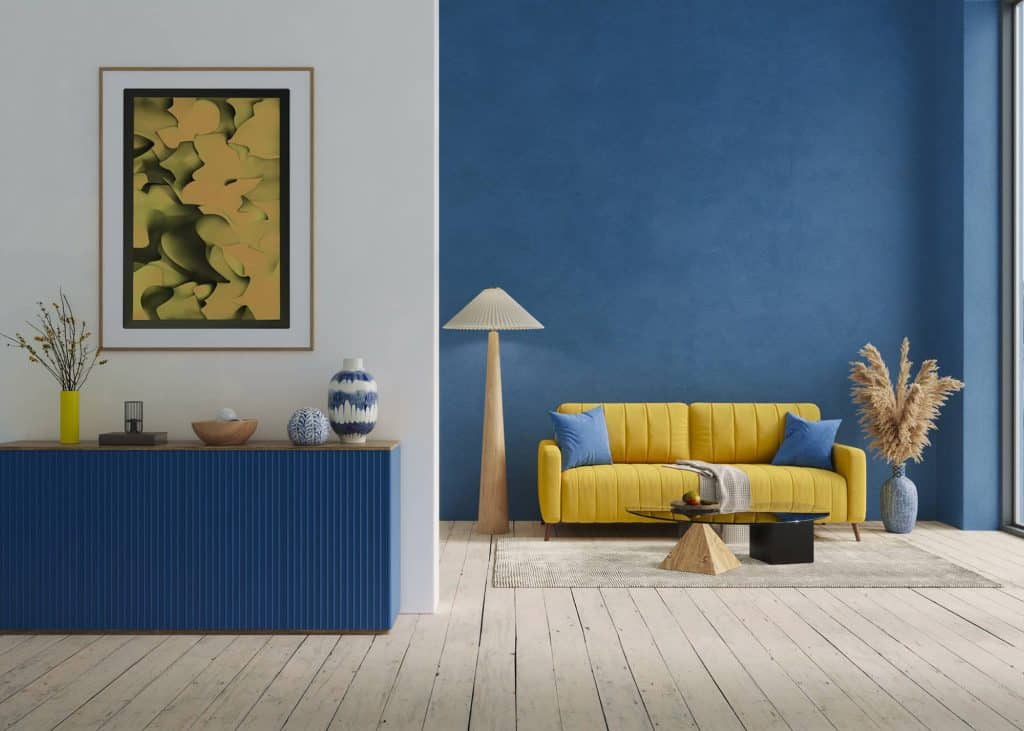When selling your home without the help of an agent, high-quality photographs are essential for attracting potential buyers. Great photos can make your property stand out in listings and create a lasting first impression, which is often the deciding factor for buyers to schedule a viewing. This guide will help you take professional-quality photos with preparation, equipment, lighting, composition, editing, and more tips.
1. Preparation: Setting the Stage for Great Photos
Before you even pick up a camera, preparing your home is crucial. Buyers are looking for a property they can imagine themselves living in, so the goal is to present your home as clean, spacious, and inviting.
Declutter and Depersonalize
- Remove personal items like family photos, toys, and memorabilia to create a neutral canvas.
- Clear countertops, tables, and other surfaces of unnecessary objects.
- Organize shelves, closets, and storage spaces to make them appear spacious and functional.
Deep Clean Every Room
- Dust, vacuum, and mop all surfaces.
- Clean windows and mirrors to enhance natural light.
- Pay extra attention to bathrooms and kitchens, as buyers often scrutinize these spaces.
Stage the Space
- Arrange furniture to maximize the sense of space and flow.
- Add fresh flowers or plants to bring life to the room.
- Use neutral-coloured bedding, curtains, and accessories for a clean, modern look.
Optimize Curb Appeal
- Mow the lawn, trim hedges, and remove weeds.
- Sweep pathways and driveways.
- Add a welcoming touch, such as a potted plant or a fresh coat of paint on the front door.
2. Choosing the Right Equipment
You don’t need expensive professional gear to take great photos of your home, but having the right tools can make a significant difference.
Smartphone Cameras
Modern smartphones are equipped with advanced cameras that can produce stunning images. Look for features like:
- High-resolution sensors (12 megapixels or higher).
- Wide-angle lenses for capturing more of the room.
- HDR mode for balancing light and shadows.
DSLR or Mirrorless Cameras
If you have access to a DSLR or mirrorless camera, you’ll have more control over settings and image quality. Features to prioritize:
- Wide-angle lens (14-24mm or 18-35mm) to capture spacious views.
- Tripod compatibility for stable shots.
- Manual settings for adjusting aperture, shutter speed, and ISO.
Additional Equipment
- Tripod: Keeps the camera steady and ensures consistent framing.
- External lighting: If natural light is limited, consider softbox lights or LED panels.
- Lens attachments: Smartphone users can invest in clip-on wide-angle or fisheye lenses.
3. Mastering Lighting
Lighting can make or break your photos. Bright, even lighting creates an inviting atmosphere, while poor lighting can make rooms appear dark and unwelcoming.
Use Natural Light
- Shoot during the day when natural light is abundant.
- Open curtains and blinds to let in as much light as possible.
- Avoid shooting at midday when direct sunlight can create harsh shadows. Early morning or late afternoon provides soft, diffused light.
Avoid Artificial Light (When Possible)
- Turn off overhead lights and lamps to prevent yellow or mixed lighting tones.
- If natural light isn’t sufficient, use daylight-balanced bulbs for a more neutral effect.
Eliminate Shadows and Glare
- Position yourself with the light source behind you or to the side.
- Use sheer curtains to diffuse harsh sunlight.
- Watch for reflections in mirrors, windows, and glossy surfaces.
4. Perfecting Composition and Framing
Good composition makes your photos look professional and appealing. The goal is to highlight the room’s best features and create a sense of depth and space.
Use the Rule of Thirds
- Divide the frame into a 3×3 grid. Position key elements (e.g., furniture, windows) along the grid lines or at their intersections.
- Avoid centering every shot unless it’s a symmetrical space.
Highlight Key Features
- Showcase unique selling points like fireplaces, built-in shelves, or large windows.
- Include views of the outdoors if they add value to the property.
Shoot from Eye Level
- Take photos at chest height for a natural perspective. Avoid angles that are too high or low, as they can distort proportions.
Capture Wide Angles
- Use a wide-angle lens to make rooms appear larger and more spacious.
- Stand in a corner or doorway to capture as much of the room as possible.
Avoid Overcrowding the Frame
- Leave space around furniture and decor to create an airy feel.
- Remove unnecessary items that may distract from the room’s features.
5. Room-by-Room Photo Tips
Each room in your home serves a different purpose, so tailor your approach accordingly.
Living Room
- Highlight seating areas and focal points, such as a fireplace or large window.
- Arrange furniture to showcase an inviting, open layout.
Kitchen
- Clear countertops of clutter.
- Focus on appliances, cabinetry, and workspace.
- Include close-up shots of unique features, such as a farmhouse sink or marble backsplash.
Bedroom
- Centre the bed in the frame and ensure it’s neatly made.
- Use neutral bedding and minimal decor to create a calming atmosphere.
- Capture natural light from windows or add soft lighting for warmth.
Bathroom
- Remove personal items like toothbrushes and toiletries.
- Highlight cleanliness and modern fixtures.
- Include shots of the shower, tub, and vanity.
Outdoor Spaces
- Showcase the garden, patio, or balcony.
- Include angles that highlight outdoor features like a pool or entertaining area.
- Capture the property’s curb appeal from the street.
6. Editing Your Photos
Even the best photos can benefit from a little post-processing. Editing helps adjust lighting, colours, and cropping to make your images stand out.
Basic Editing Tools
- Brightness and contrast: Enhance overall clarity and depth.
- Colour correction: Adjust the white balance to ensure accurate colours.
- Cropping and straightening: Align lines and remove unnecessary elements from the frame.
Free Editing Apps
- Snapseed: Offers advanced editing tools for smartphones.
- Adobe Lightroom: Provides professional-grade editing with easy-to-use presets.
- Canva: Great for adding text or creating photo collages for your listing.
Avoid Overediting
- Don’t use filters or effects that make the photos look unrealistic.
- Maintain an accurate representation of your home to avoid disappointing buyers during viewings.
7. Common Mistakes to Avoid
- Overcrowded rooms: Remove excess furniture and decor to create a clean, spacious look.
- Poor lighting: Ensure the room is well-lit and avoid dark corners or harsh shadows.
- Unflattering angles: Avoid taking photos from awkward positions that distort the space.
- Inconsistent quality: Use the same equipment and settings for all photos to maintain a cohesive look.
8. Tips for Uploading and Listing Photos
Once you’ve taken and edited your photos, it’s time to upload them to your listing.
Select the Best Shots
- Include at least one photo of each room, but don’t overwhelm buyers with too many images.
- Start with exterior shots and then progress to the interior in a logical order.
Optimize File Sizes
- Resize photos for web use to ensure fast loading times.
- Use JPEG format for a good balance of quality and file size.
Write Descriptive Captions
- Highlight the features shown in each photo, such as “Spacious open-plan living area with natural light” or “Modern kitchen with stainless steel appliances.”
9. When to Hire a Professional Photographer
While taking your photos can save money, consider hiring a professional if:
- You lack the time or skills to take and edit photos.
- Your property has unique architectural details that require expert composition.
- You’re selling a high-end home where professional photos can significantly boost buyer interest.
Taking your photographs when selling your home is an excellent way to save money while showcasing your property in the best light. With proper preparation, the right equipment, and attention to detail, you can create high-quality images that attract buyers and help sell your home faster. By following the tips in this guide, you’ll be well on your way to capturing photos that highlight your home’s best features and appeal to potential buyers.




